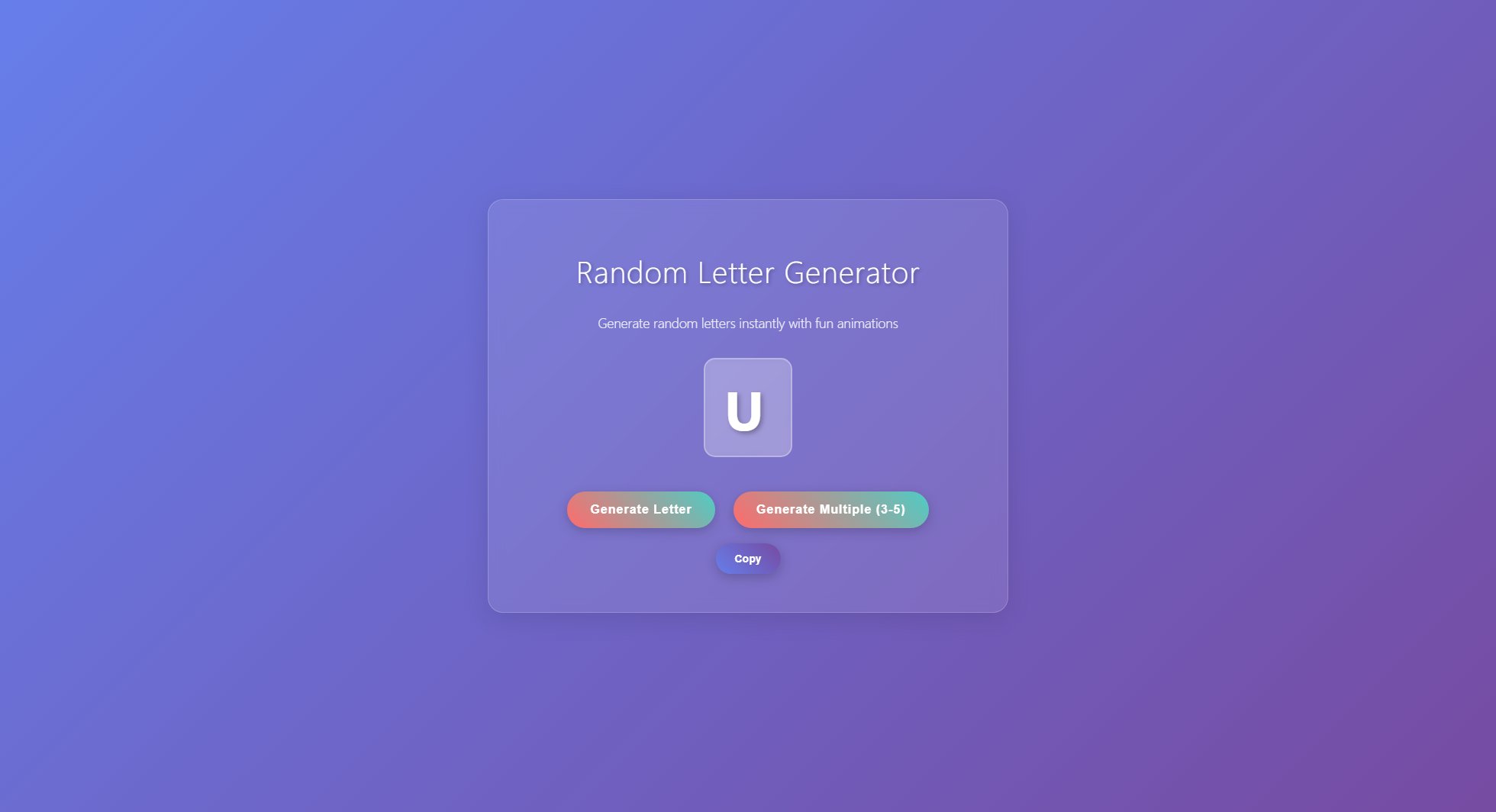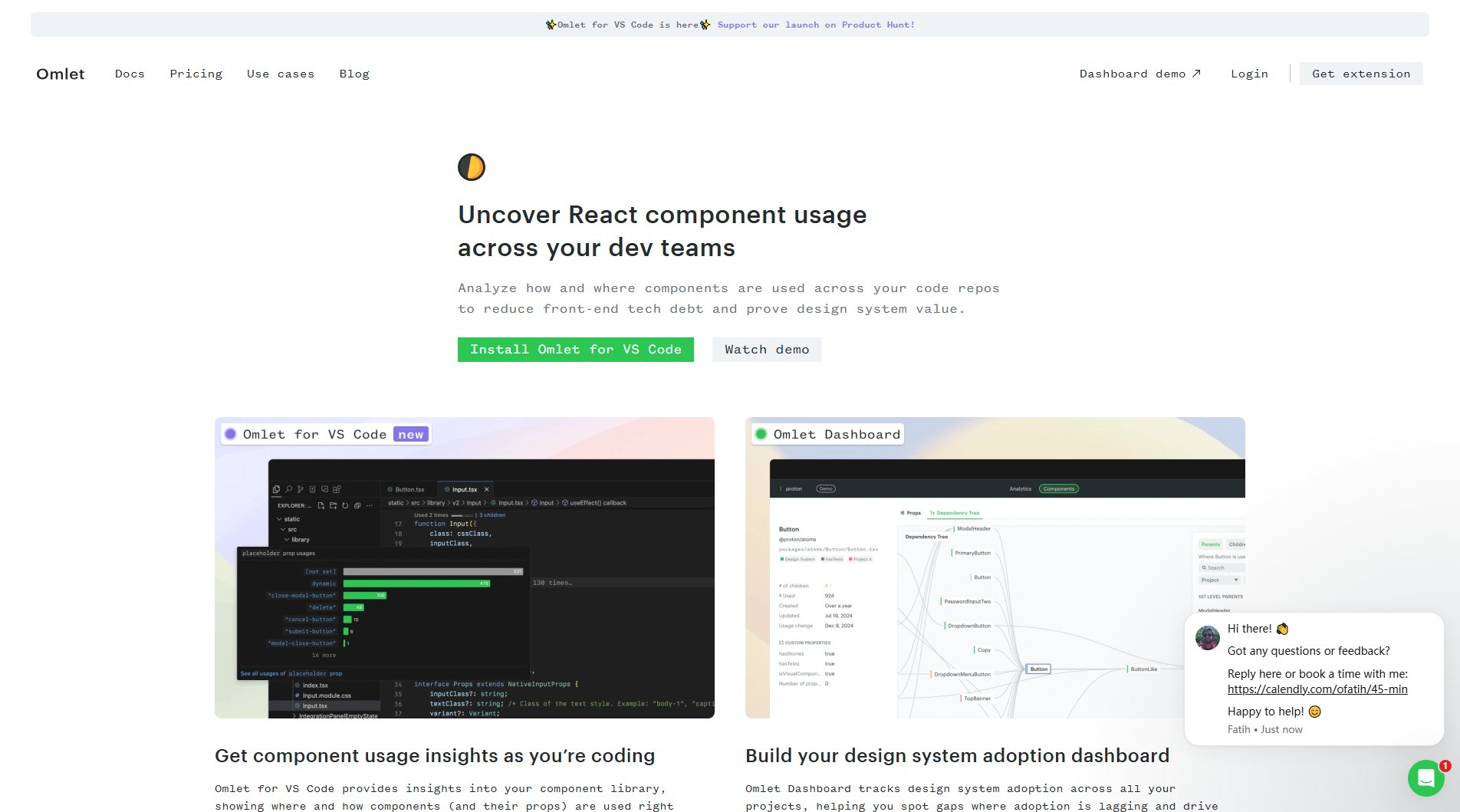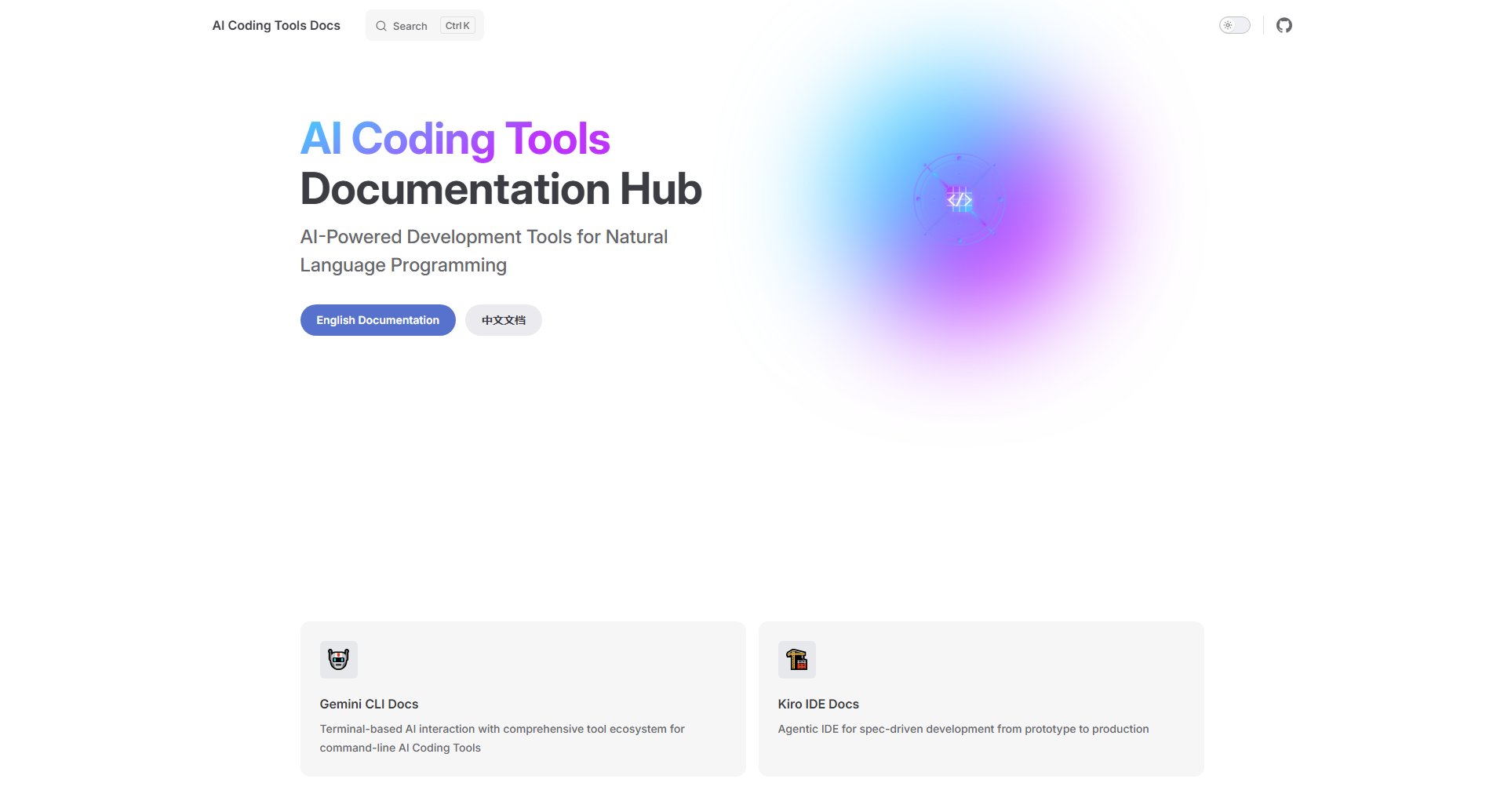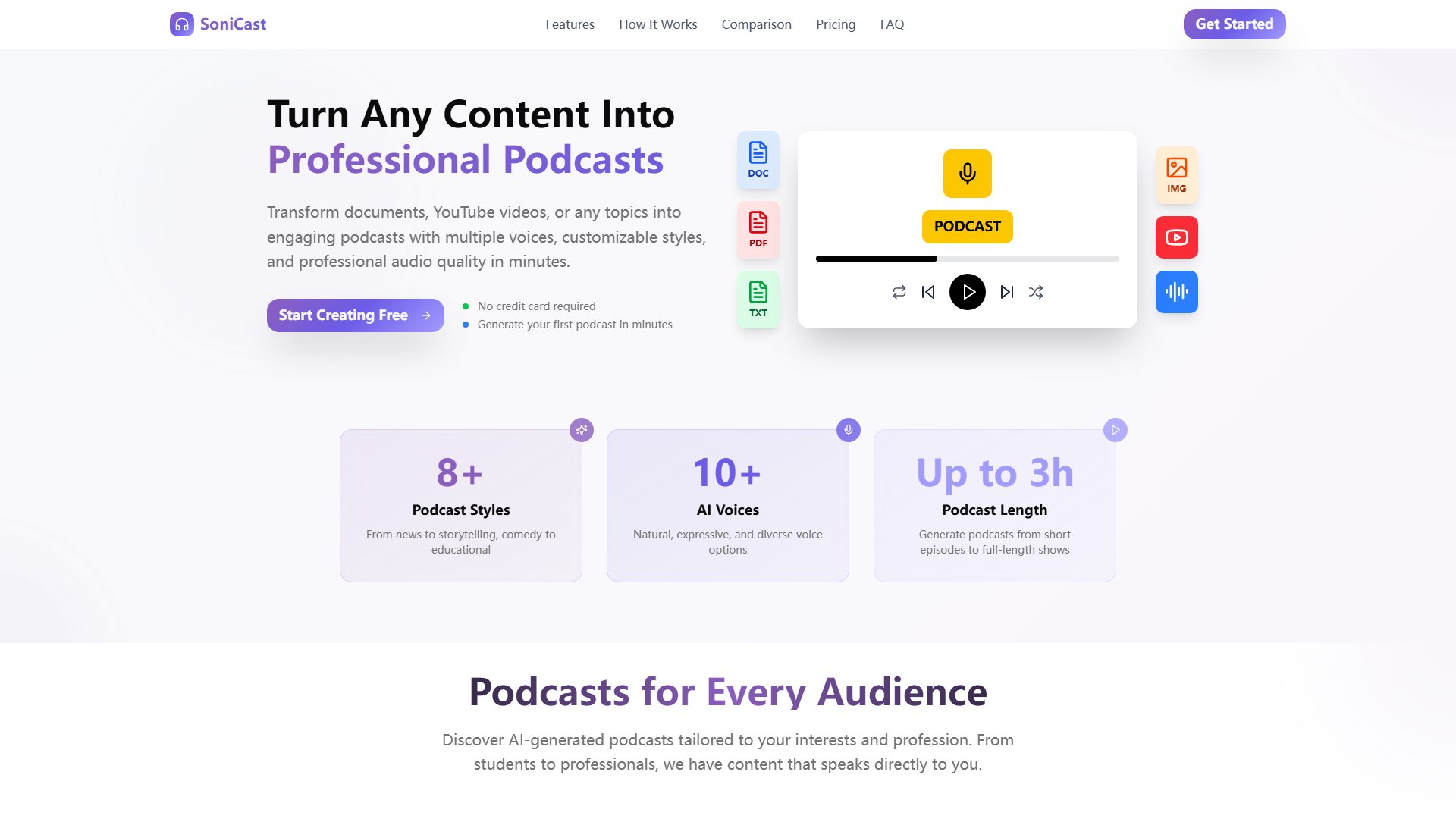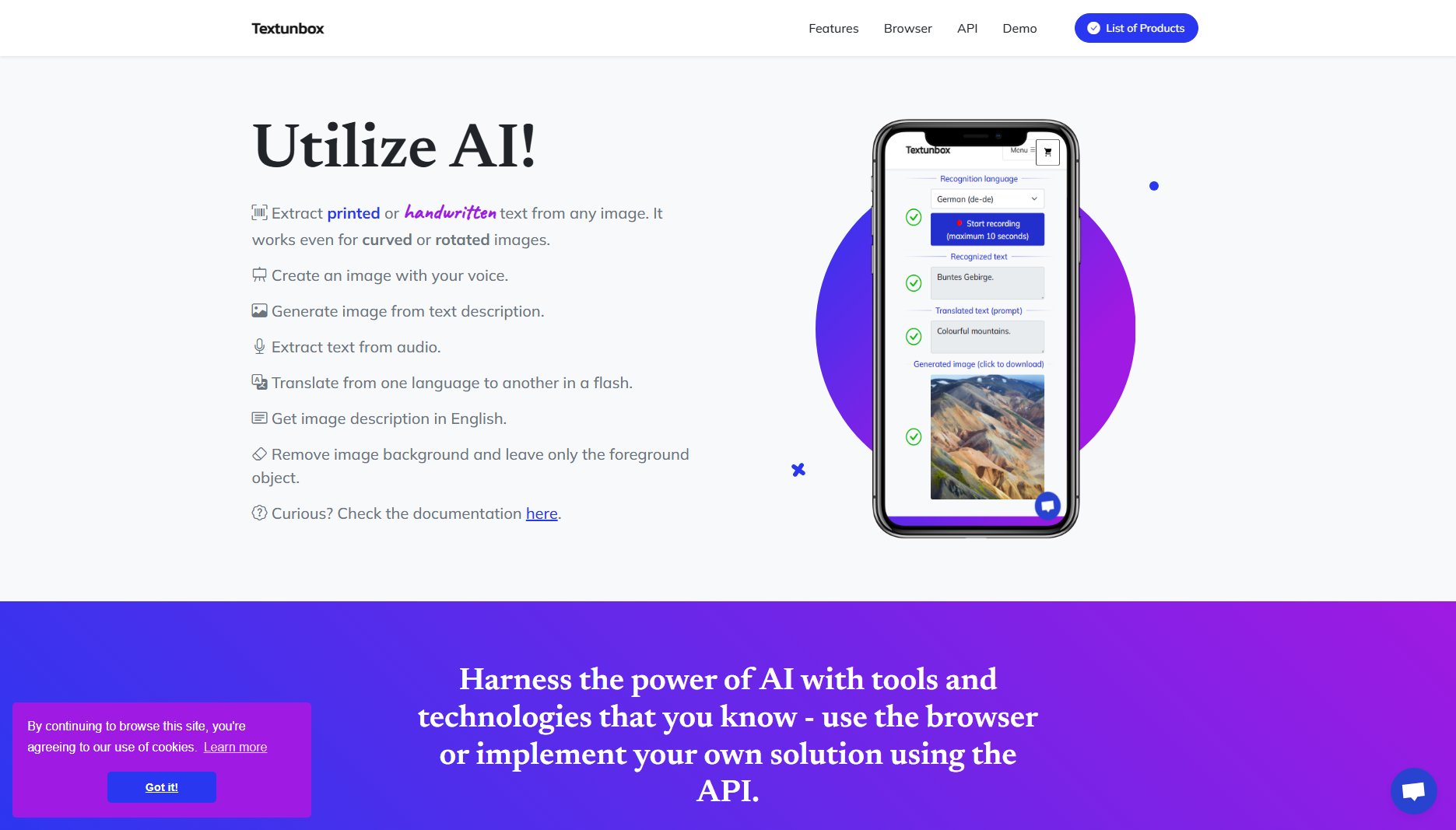Sita
Cut AI spend by 15% with managed context for faster coding
What is Sita? Complete Overview
Sita is an advanced AI-powered tool designed to streamline software development by automating documentation, optimizing AI agent performance, and reducing token usage. It helps developers and teams save time and costs by maintaining up-to-date docs, understanding codebases deeply, and providing precise context for AI tools. Sita is particularly beneficial for developers, engineering teams, and enterprises looking to enhance productivity, reduce onboarding time, and minimize AI-related expenses. With features like automated doc updates, dependency graph visualization, and minimal context provisioning for AI agents, Sita ensures cleaner code, fewer bugs, and faster feature implementations.
Sita Interface & Screenshots

Sita Official screenshot of the tool interface
What Can Sita Do? Key Features
Automated Documentation
Sita automatically observes code changes and updates documentation, ensuring teams always have accurate and up-to-date guidance without manual effort. This feature saves developers hours each week by eliminating the need for manual doc updates.
Codebase Understanding
Sita's agent, Martin, navigates repositories, summarizes context, and pinpoints exact files and functions to change. This deep understanding of the codebase helps developers quickly locate and modify relevant code sections.
Dependency Graph
Sita builds and sorts a directed graph of your codebase, showing dependencies and dependents. This visualization helps developers understand how changes impact other parts of the system, reducing the risk of cascading bugs.
Minimal Context Provisioning
Sita sends only the necessary context to AI agents, reducing token usage by 40–60%. This targeted approach ensures cleaner, more accurate suggestions and significant cost savings on API requests.
Fast Visual UI
Sita provides a minimal React app with React Flow graphs for quick navigation across dependencies. This intuitive interface allows developers to jump between files and functions effortlessly, speeding up onboarding and code exploration.
Secure and Open Source
Sita is 100% secure, with open-source options for local or on-prem deployment. Your code and data remain under your control, ensuring compliance with security and privacy requirements.
Best Sita Use Cases & Applications
Onboarding New Developers
New team members can quickly understand the codebase by exploring the dependency graph and reading auto-generated docs. This reduces onboarding time from months to weeks, allowing new hires to become productive faster.
Bug Fixes and Feature Implementation
Developers can use Sita to pinpoint exact files and functions needing changes, reducing the time spent searching and debugging. This leads to faster bug fixes and feature implementations with fewer errors.
Reducing AI Token Usage
By providing minimal, cited context to AI agents, Sita helps teams cut token waste by 40–60%. This results in significant cost savings on AI API usage while improving the accuracy of suggestions.
Maintaining Code Quality
Sita ensures consistent coding styles and patterns across the codebase, preventing deviations that could lead to bugs. This feature is especially useful for large teams and enterprises.
How to Use Sita: Step-by-Step Guide
Clone and parse your repository using AST parsing and symbol resolution to extract functions, types, classes, and variables. This creates a complete and accurate map of your codebase.
Build and sort the dependency graph to visualize how work flows and identify potential impacts of changes. This step helps in understanding the codebase structure and dependencies.
Generate documentation in topological order, summarizing dependencies first to provide precise context for dependents. This ensures comprehensive and accurate documentation.
Use the fast visual UI to navigate the codebase, jump between files, and explore dependencies. This step simplifies code exploration and understanding.
Keep documentation fresh automatically with incremental parsing and Merkle tree/hash diffing. This ensures only changed parts update, making the process faster and more efficient.
Leverage Martin for parallel search and traversal of matching nodes with citations. This feature helps developers quickly find the right spots to make changes.
Sita Pros and Cons: Honest Review
Pros
Considerations
Is Sita Worth It? FAQ & Reviews
Sita delivers guided, code-anchored context with citations designed for AI agents and developers learning your codebase. Unlike traditional search tools, Sita creates task-scoped context packs that minimize token usage while maximizing accuracy and relevance.
Sita transforms code understanding into actionable, cited context packs for immediate use. It ties code to documentation, auto-refreshes docs from commits, and integrates directly into development workflows via MCP tools.
Sita focuses on pruning, packaging, and prompting instead of indexing everything. It provides minimal, explainable inputs with clear provenance, ensuring AI agents get exactly what they need without wasting tokens on irrelevant context.
Yes, Sita becomes more valuable as the context and governance layer for AI tools. It handles documentation generation, deep search, and dependency-aware context, ensuring AI tools understand your specific codebase and standards.
Teams typically see improved AI agent accuracy and reduced token usage within the first week. Onboarding time drops significantly, with new engineers becoming productive 3-4x faster.
Sita offers compelling ROI, with savings from faster onboarding and reduced API costs. For example, an entry-level engineer becoming productive in 10 days instead of 30 can save $6,160, while senior engineers save $1,280 by reducing hand-holding time.
